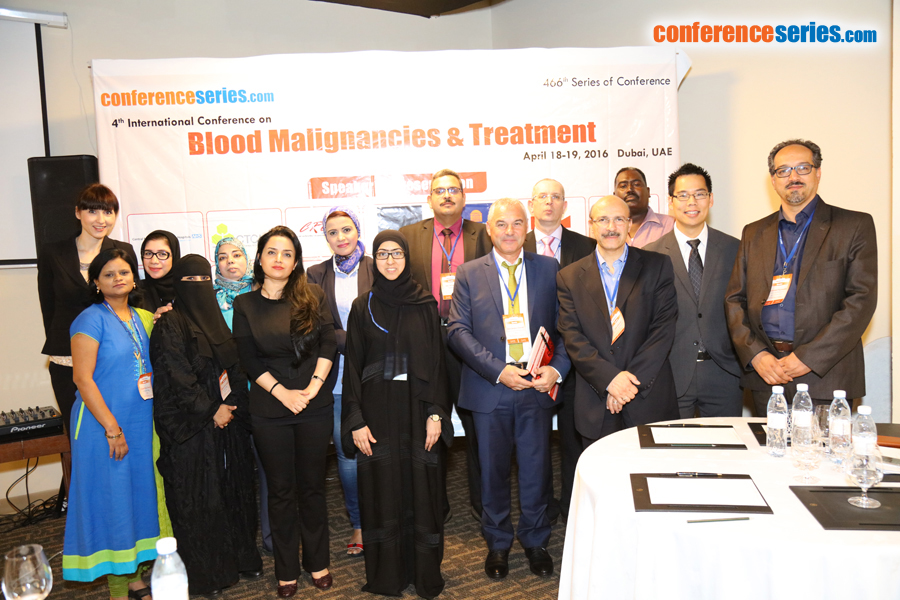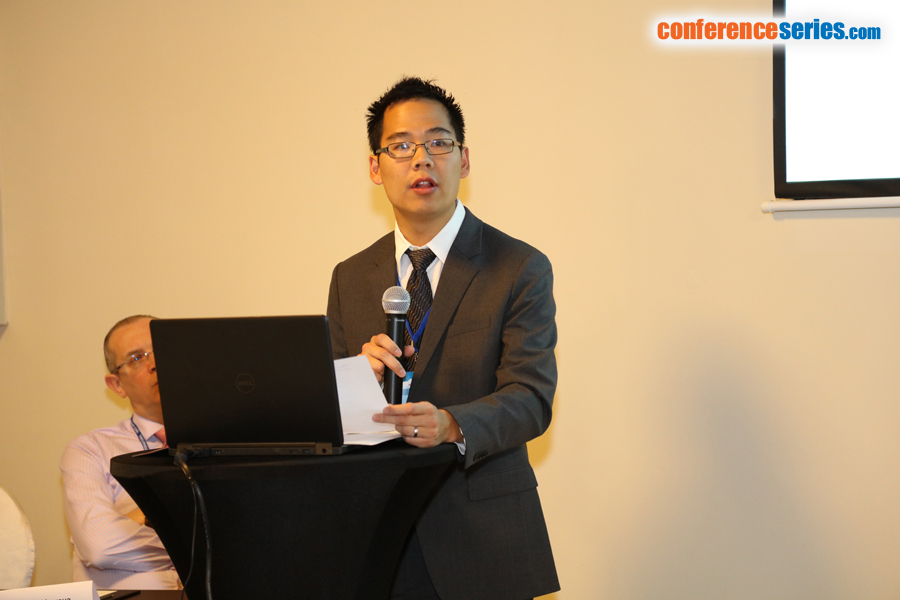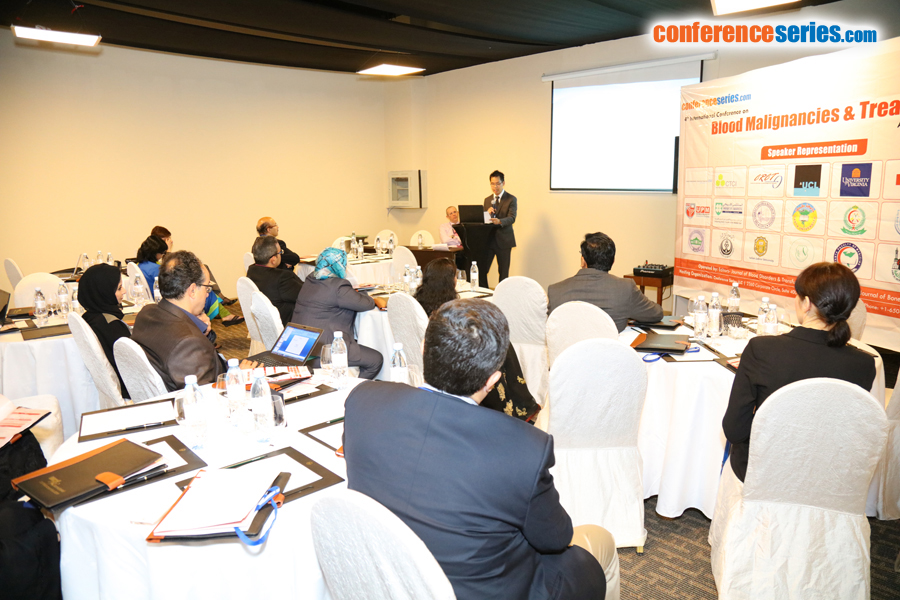
Biography
Biography: Michael Keng
Abstract
Acute myeloid leukemia (AML) is the most common acute leukemia, a disease primarily seen in the elderly with a median age of 67 years. Since the 1970s, treatment with cytarabine and an anthracycline in a “7+3” manner has remained the foundation of curative intent therapy for AML. However, only one-third of patients defined as “old” receive this definitive AML therapy due to concerns of overall performance status and potential treatment-related mortality. Recent data have shown that older AML patients both can tolerate and survive longer than those untreated. A wide spectrum of treatment options is available for elderly AML patients: Intensive chemotherapy, hypomethylating agents, low-dose cytarabine, investigational agents, and supportive care with hydroxyurea and transfusions. There has been great debate regarding the assessment of fitness for chemotherapy and selection of appropriate treatment regimens. Due to diversity of the geriatric patient population and heterogeneity of AML disease, treatment of elderly AML patients to maximize both quantity and quality of life remain challenging and controversial.



